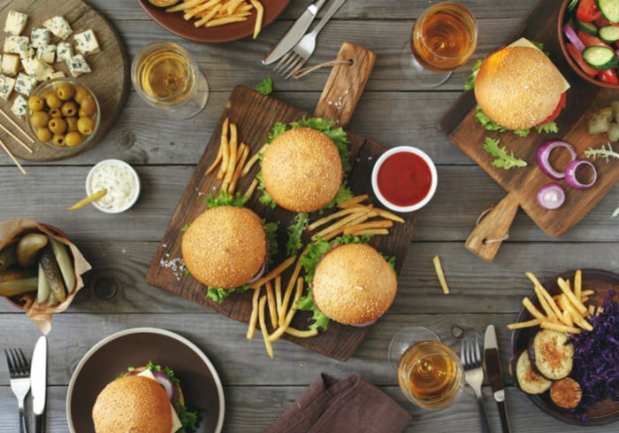Paytronix CEO: Loyalty And The Power Of Anticipation

A popular earworm rock song that hit the North American charts back in the 1990s assured the object of the narrator’s affection that he would walk 500 miles — and even 500 miles more — to “fall down at your door.” The song, from The Proclaimers (Is that chorus back in your brain now?) is not only a message of focused, determined desire — as it turns out, it says something about loyalty and rewards in the quick-service restaurant (QSR) space, at least if you use your imagination a bit.
That’s because when it comes to loyalty programs, consumers tend to do a bit extra when their rewards are in sight — mainly, upping their store visits and purchase frequencies — at least according to a new PYMNTS interview between Karen Webster and Andrew Robbins, co-founder and president of Paytronix Systems. However, even the most loyal consumer is unlikely to go those full 500 miles to gain those rewards, so to speak. And all that provides serious lessons for merchants trying to gain an edge in the QSR space.
As PYMNTS readers know, the QSR space is not only an area of payments and commerce where massive innovation and disruption is taking place — much of it centered around mobile and loyalty — but a place of fierce competition. There is little room for laggards or unforced errors. And even though loyalty tends to focus on those consumers who are already, well, loyal — to a brand or chain or specific QSR operator — businesses in this sector can’t ignore such programs because, as Robbins told Webster, there is always a competitor looking to steal away customers. And increasingly these days, those competitors for the QSR consumer dollar include not just other restaurants, but also supermarkets and convenience stores.
QSR loyalty programs also stand as a feature that requires relatively little executive buy-in — because those leaders are already sold on such programs. “CEOs and CMOs, they belong to airline and hotel loyalty programs and see the benefits,” Robbins said.
And in the QSR world, the benefits can be significant — and much more lucrative than in days of punch cards that consumers would bring if they remembered, days that lasted all the way through the late 1990s and sometimes beyond. As Robbins told PYMNTS, a loyalty program sparks, on average, a 20 percent increase in purchase frequency when compared to customers who don’t belong to those programs. Not only that, but online orders tend to also increase — to 43 percent from 36 percent, he said.
The main driver of all that? The human tendency to race more quickly toward a reward when the finish line is in sight.
To illustrate that point, Robbins brought up a study of a car wash loyalty program, one that offered a reward after the tenth documented visit. “As people got closer to the reward, they started coming in more frequently,” he said. “Around the fifth visit, the average time between visits became shorter and shorter. It’s the anticipatory effect. That’s been repeated many times.”
It’s something that Robbins told Webster he observes with many of the well-established national brands Paytronix works with. As people get closer to earning the reward, he said, they start to come in more often, “13 times a week instead of 11 in some cases.”
Consider the daily or near-daily coffee run to the same QSR operation for more evidence of that point. Such coffee runs — especially in the morning before work — are among the easiest tasks in all the world of payments and commerce. Having a robust loyalty program with clear and attainable rewards can indeed incentivize consumers to up their coffee runs at least a little bit more, Robbins said. Of course, even a little bit more, when multiplied over many visits from many consumers over a long period of time, can significantly boost revenues.
But that’s the easy part when it comes to loyalty. Harder to do is getting that consumer — that loyalty program participant — to purchase something extra. Even harder to do is having that consumer shift the time window for that purchase — in fact, it might be easier getting them to buy a coffee on the weekend than during a busy weekday afternoon if both are unusual for that specific loyalty program member. Even so, it can be done with the help of a good loyalty program.
And good technology to enable it all. With innovations in mobile payment and identification, consumers can participate in and earn rewards from QSRs without slowing things down at checkout. That will only continue to continue as consumer demand changes.
“We’re pushing the technology faster to accommodate the growing demand for convenience from today’s customers,” said Robbins. “Consumers want to interact with brands on their time and turf — that’s why digital wallets like Apple Pay, Google Pay and order and delivery are on such a growth trajectory.”
Loyalty has come a long way from those punch-card days, and now stands as the anchor of so many mobile commerce and payments programs in the QSR world. Readers can bet on more innovation and disruption in this area as the new decade dawns.
